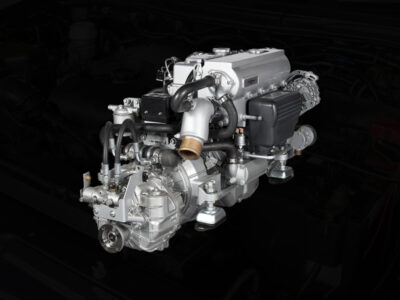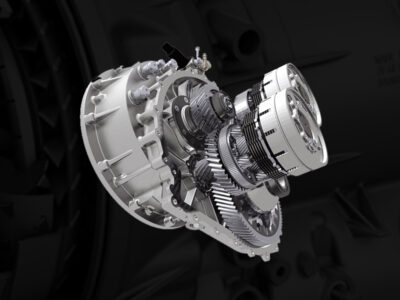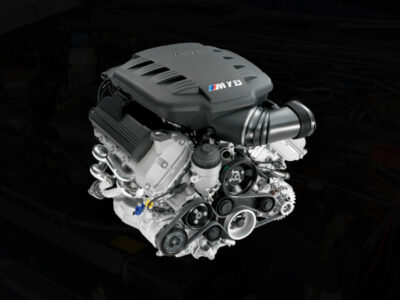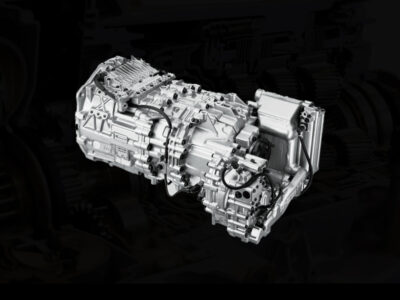
When it comes to replacing used auto parts, one of the biggest decisions vehicle owners face is choosing between OEM (Original Equipment Manufacturer) parts and aftermarket parts. Each option has its advantages and drawbacks, impacting cost, quality, fitment, and long-term performance. In this detailed guide, we explore the key differences between OEM and aftermarket used parts, helping you make the best decision for your vehicle along with real stories of car owners who have navigated this decision, discussing cost, quality, and reliability.
What Are OEM Used Parts?
OEM parts are manufactured by the original automaker or its certified suppliers. These parts are identical to those installed in the vehicle when it was first produced, ensuring precise fitment and adherence to manufacturer specifications.
Advantages of Used OEM Parts
- Guaranteed Fit and Compatibility: Since OEM parts are made by the vehicle’s original manufacturer, they offer an exact match, reducing the risk of improper installation.
- Reliability and Consistency: These parts are designed to meet strict manufacturer standards, ensuring high quality and durability.
- Easier Selection Process: Unlike aftermarket parts, which may have multiple variations for the same component, OEM parts come with a single, standardized design.
- Better Warranty Coverage: Many OEM used auto parts come with limited warranties, offering additional peace of mind.
Disadvantages of Used OEM Parts
- Higher Cost: OEM parts are typically more expensive than their aftermarket counterparts due to the branding and quality assurance involved.
- Limited Availability: Finding specific OEM used auto parts can be challenging, especially for older or discontinued vehicles.
- Fewer Options: Since OEM parts follow a strict one-size-fits-all approach, you may not find performance-enhancing modifications available in the aftermarket.
What Are Used Aftermarket Parts?
Aftermarket parts are produced by third-party manufacturers, offering an alternative to OEM replacements. These parts may replicate the original design or include performance-enhancing modifications.
Advantages of Used Aftermarket Parts
- Lower Cost: One of the biggest advantages of aftermarket parts is their affordability, often available at a significantly lower price than OEM components.
- Wider Selection: Unlike OEM parts, aftermarket manufacturers produce multiple variations of the same part, allowing for upgraded materials, improved durability, or performance enhancements.
- Greater Availability: Since aftermarket parts are manufactured by numerous companies, they are more widely available, reducing wait times and delays in repairs.
- Potential for Better Performance: Some aftermarket parts are designed with advanced materials or enhanced engineering, offering better performance, fuel efficiency, or longevity.
Disadvantages of Aftermarket Used Parts
- Inconsistent Quality: The quality of aftermarket parts varies significantly between manufacturers, making it important to research brands and read reviews before purchasing.
- Potential Fitment Issues: Since aftermarket parts are not designed specifically for a single vehicle make or model, some may require modifications for proper installation.
- Warranty Concerns: Many aftermarket parts lack manufacturer-backed warranties, leaving buyers without recourse if the part fails prematurely.
Don’t miss this: Navigating the Used Engine Market: Trends and Predictions for 2025
Real Stories: Choosing Between Aftermarket and OEM Parts
Case Study 1: John’s Budget-Friendly Aftermarket Choice
John needed a replacement radiator for his 2012 sedan. OEM parts were priced beyond his budget, so he opted for a reputable aftermarket brand. While initially skeptical, the part performed well, and he saved over 30% compared to an OEM replacement.
Case Study 2: Lisa’s Experience with OEM Reliability
Lisa’s SUV required a new alternator. She chose an OEM used part to ensure compatibility and long-term reliability. The part fit seamlessly, and she avoided potential issues that might have arisen with aftermarket alternatives.
Case Study 3: David’s Mixed Approach
David, a mechanic, selects OEM parts for critical components like engines and transmissions but opts for aftermarket pre-owned parts for items like brake pads and filters. His approach balances cost savings with reliability.
Key Factors to Consider When Choosing Between OEM and Aftermarket Used Auto Parts
1. Budget Constraints
If cost is a major factor, aftermarket used auto parts are typically the more affordable option. However, buyers should be cautious of extremely cheap alternatives, as they may compromise quality and durability.
2. Vehicle Age and Manufacturer Support
For newer vehicles, OEM parts ensure optimal fitment and maintain warranty compliance. However, for older cars, OEM parts may be difficult to source, making aftermarket replacements the only viable choice.
3. Purpose of Replacement
If the goal is to restore a vehicle to factory condition, OEM parts are the best option. However, for performance upgrades or customization, aftermarket parts offer greater flexibility and innovation.
4. Warranty and Return Policies
OEM parts often come with better warranty coverage, while aftermarket warranties vary depending on the manufacturer. Checking return policies and guarantees is essential before purchasing used car parts.
5. Mechanic Recommendations
Consulting a trusted mechanic can help in choosing between OEM and aftermarket parts, as professionals have experience with part compatibility and reliability across different brands.
When to Choose Used OEM Parts Over Aftermarket
- If precise fitment and manufacturer-backed reliability are essential
- When warranty coverage is a priority
- If maintaining vehicle resale value is important
- When replacing safety-critical components such as brakes or airbags
When to Choose Used Aftermarket Parts Over OEM
- If cost savings are a primary concern
- When OEM parts are difficult to find due to discontinued production
- For performance upgrades or custom modifications
- If a wider range of options is needed for budget flexibility
Final Verdict: Which Used Auto Parts Should You Choose?
Both OEM and aftermarket used parts offer distinct advantages depending on budget, availability, and performance needs. If reliability, precise fitment, and manufacturer standards are top priorities, OEM parts are the best choice. However, if cost savings, customization, or wider availability are more important, aftermarket parts provide a viable alternative.
Ultimately, the decision depends on the specific vehicle, repair requirements, and budget considerations. Conducting thorough research and consulting professional mechanics can help ensure the best choice for long-term vehicle performance and reliability.
Where to Buy Quality Used Parts
Finding reliable pre-owned parts requires choosing reputable suppliers. A111 Auto Parts offers a wide selection of high-quality aftermarket and OEM pre-owned parts at competitive prices.
Whether you choose OEM or aftermarket pre-owned parts depends on factors like budget, vehicle condition, and performance expectations. A111 Auto Parts provides an extensive inventory of both options, ensuring you get the best fit for your needs. Explore our collection today to find the perfect pre-owned parts for your vehicle!





